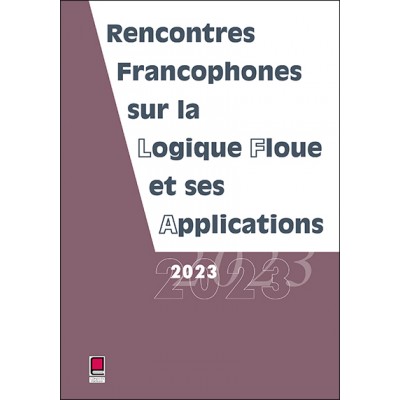Méta-analyse basée sur la théorie des possibilités
Meta-analyses offer interesting tools for combining the results of studies carried out by several authors on the strength of the observed effect of one variable on another, also called the effect size. The models proposed for the meta-analysis are within the statistical framework, which makes it possible to make hypotheses on the parametric probability laws related to the effect size variable. Then it is possible to use the classic statistical tools as estimation, confidence intervals and tests. This choice is mainly explained by the fact that probability theory is a well-known framework to model uncertainty for the meta-analysis users. However, probability theory shows its limits for combining information from heterogeneous sources. In the absence of the assumption of homogeneity, the aggregation by a weighted average of the effect sizes, adopted in the meta-analyses to obtain the final effect size, does not seem to reflect the information provided by most sources. In this article, we propose a meta-analysis that takes advantage of possibility theory techniques to combine incomplete information from heterogeneous sources. The result is to distinguish between plausible and less plausible values for the effect size of a treatment, for example, given trials performed by different authors. To illustrate our proposal, we present an experiment on a classic case of meta-analysis which focuses on the effect of taking diuretics during pregnancy.

